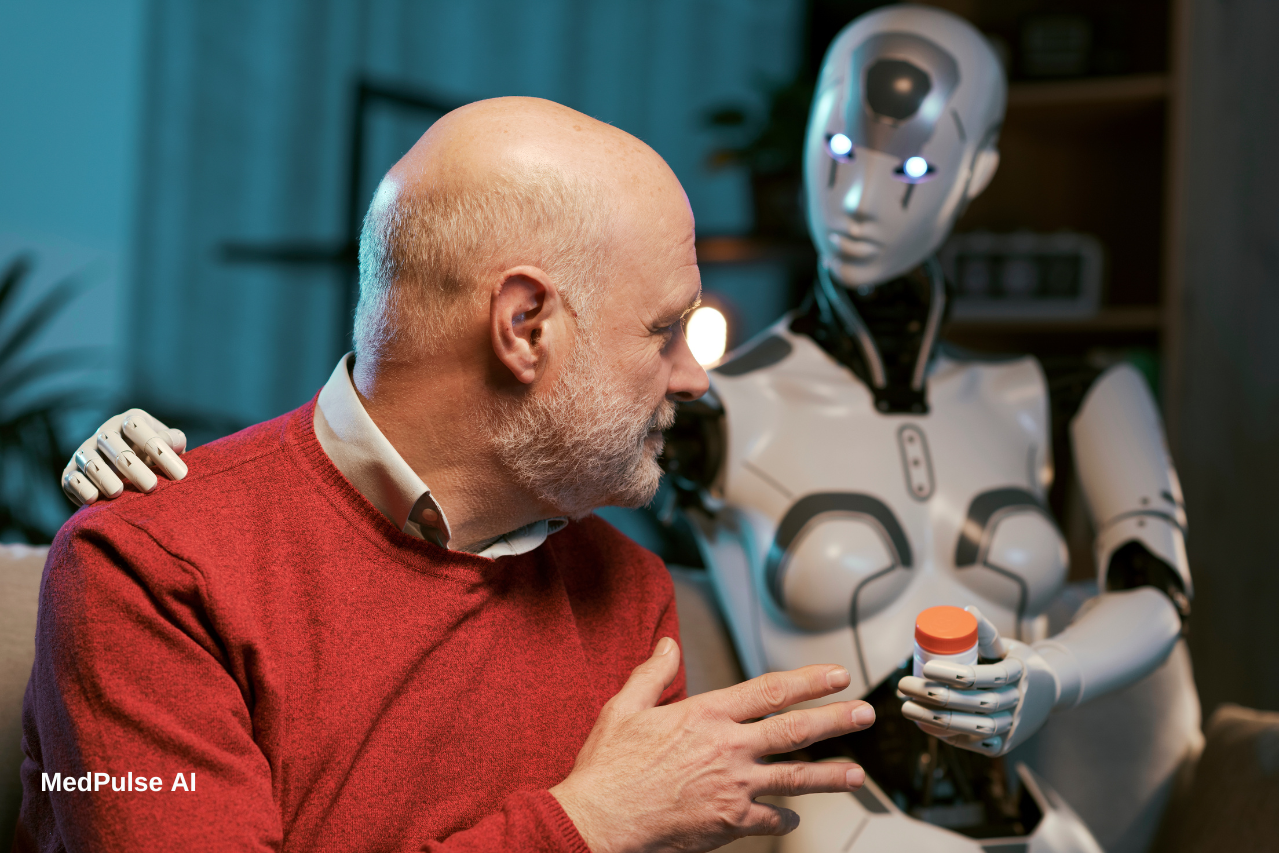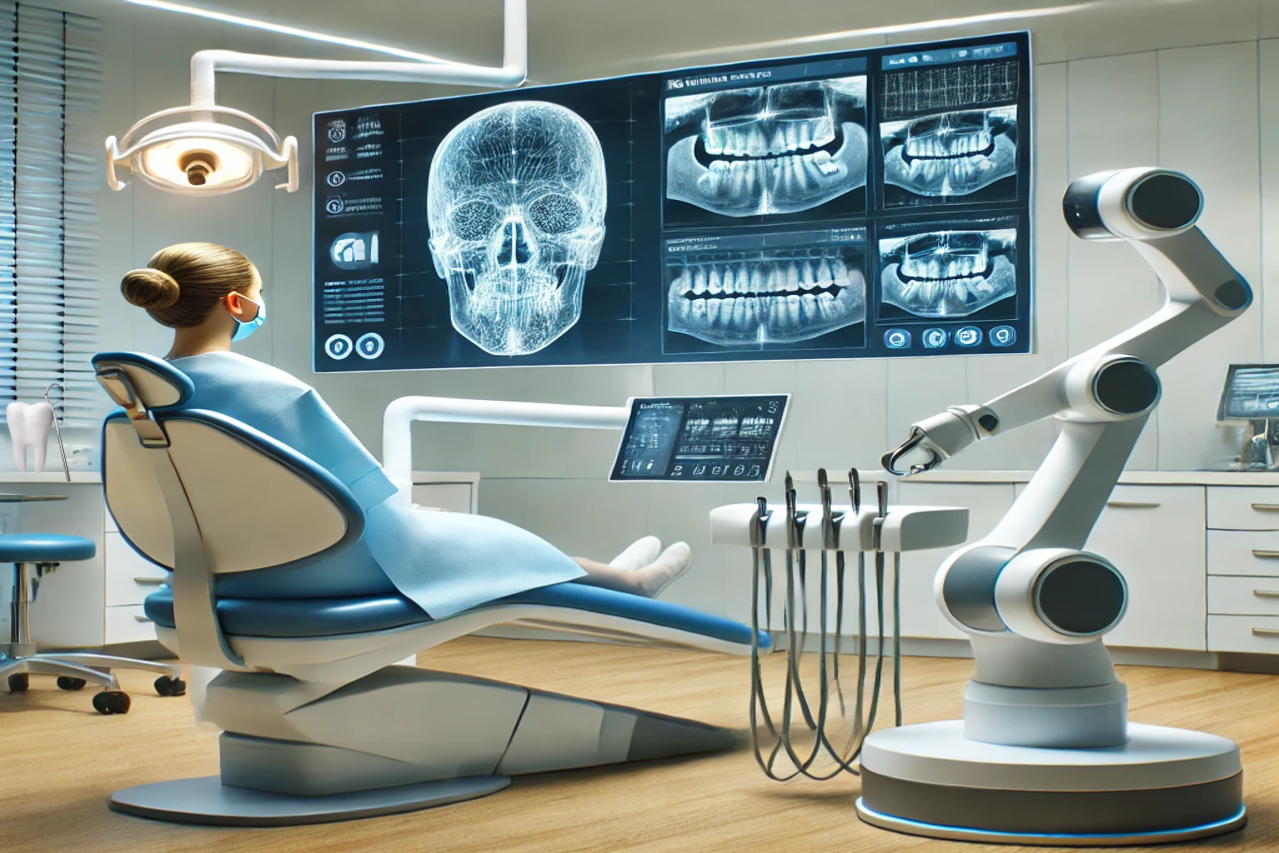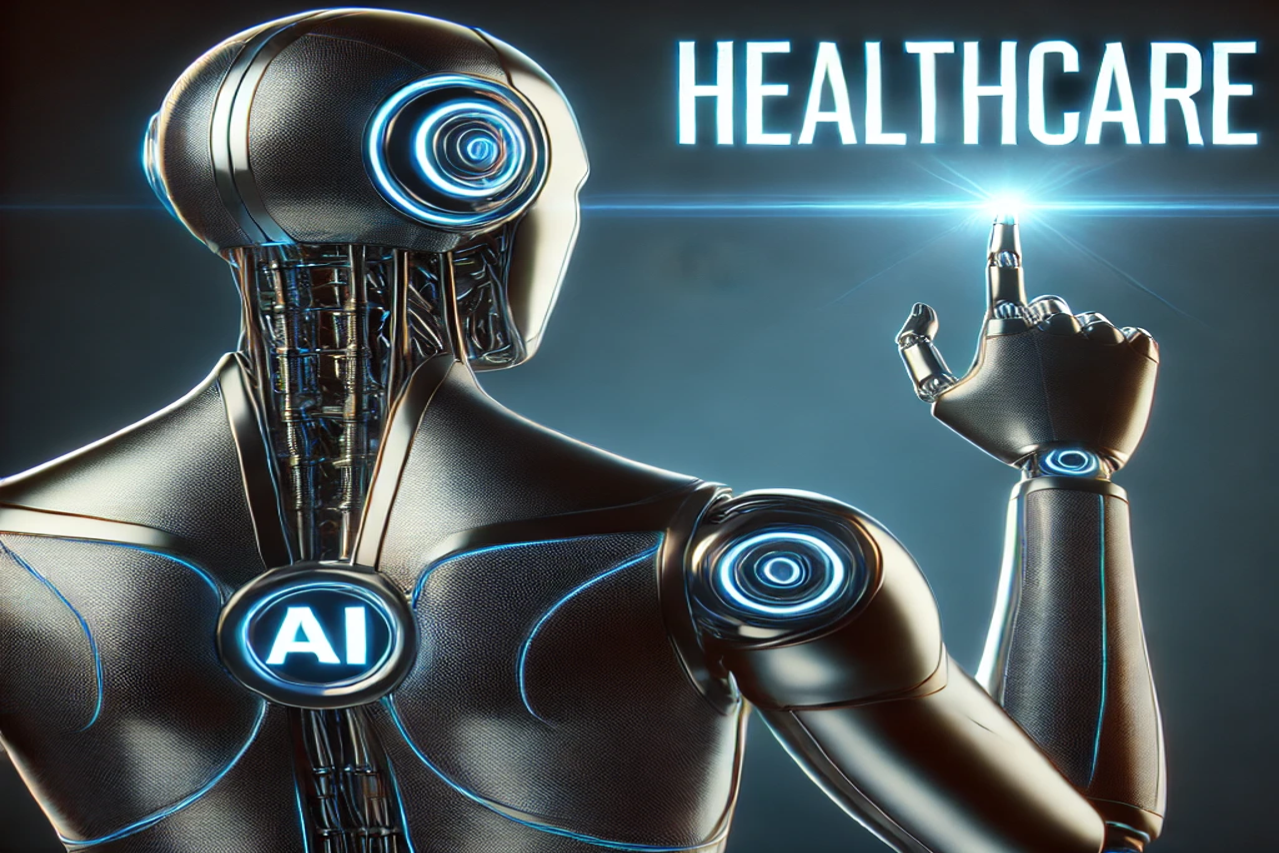In modern healthcare, the ability to “read the room”—to understand unspoken emotions, tensions, and patient needs—has long been the hallmark of compassionate care. But as artificial intelligence (AI) becomes more embedded in patient interactions, a new question is emerging: Can AI decode the emotional vibe of a clinical encounter or a conversation with a patient?
In February 2025, Andrej Karpathy, co-founder of OpenAI, casually introduced the term “vibe coding” in an X (formerly Twitter) post, describing AI’s growing ability to pick up on emotional and contextual signals in human communication. While still informal, the phrase is catching on in tech circles, and it describes a crucial, under-reported trend: AI’s quiet move into interpreting emotions in healthcare.
Consider this: A nurse senses when a patient’s nod hides uncertainty or fear. A family doctor notices frustration behind a patient’s polite tone. These soft signals have always been crucial in shaping compassionate care. But in today’s increasingly complex and fast-paced healthcare environment—where patient loads are growing and face-to-face time is often limited—AI tools are emerging as valuable allies, helping providers pick up on emotional cues that might otherwise be missed.
Take Woebot, a mental health chatbot with over 1 million users. It uses natural language processing (NLP) not just to respond to user inputs but to detect mood shifts—identifying stress, sadness, or anxiety based on patterns in text conversations. Similarly, AI-powered virtual assistants used in palliative care settings are being trained to detect signs of emotional distress in patient voices during telehealth calls.
Globally, platforms like Babylon Health and India’s expanding AI telehealth hotlines are also integrating emotion-aware algorithms to guide patient triage and virtual consultations, with a growing emphasis on culturally adaptive AI models to better serve diverse populations.
For healthcare professionals, these tools augment bedside manner, offering insights that could improve patient engagement and care quality. For patients, it’s about feeling heard—even by a bot.
While AI’s capacity to “read the vibe” is promising, it comes with caveats. AI emotion detection in healthcare relies on training data and algorithms that may not fully grasp cultural, social, or individual nuances in emotional expression. For example, one study found that AI models interpreting facial expressions or tone often struggled with cross-cultural contexts, misreading emotions in patients from underrepresented groups.
Additionally, there are ethical concerns. Should a mental health chatbot flag or escalate a conversation if it detects signs of suicidal ideation? How should emotional data be stored and shared? AI’s growing role as an “emotional interpreter” in healthcare raises complex questions about privacy, consent, and bias.
Yet, early results are promising. A pilot program at a large U.S. hospital used an AI speech analytics tool to detect frustration or confusion in patient calls to customer service. The tool helped reduce patient complaints by 17% over six months by alerting staff to potential miscommunications in real-time.
Where Emotional AI is Heading: Trends & Takeaways
AI’s role as a subtle emotional interpreter is already taking shape across various layers of healthcare—and it’s evolving fast. Below are the key trends to watch and what they mean for both clinicians and patients:
1. Mental Health Chatbots Go Mainstream
With the global AI mental health market projected to exceed $3.3 billion by 2027, platforms like Woebot and Wysa are scaling fast. These apps blend cognitive-behavioral therapy with real-time mood detection, offering on-demand support to users and helping reduce strain on overloaded mental health services.
What this means:
For patients, these tools offer 24/7 emotional support and a safe space to express concerns. For healthcare providers, chatbots can act as first-line support, triaging patients who need higher-touch care.
2. Empathetic AI Coaching for Clinicians
Hospitals and clinics are piloting AI-powered communication coaches that analyze tone during telehealth or patient interactions. These tools can help flag subtle emotional shifts and provide real-time suggestions to improve bedside manner, especially in virtual settings where non-verbal cues are harder to detect.
What this means:
Clinicians can sharpen their soft skills and better detect emotional distress, improving patient trust and outcomes.
3. Emotional AI in Remote Monitoring
AI-driven wearables and remote monitoring tools now go beyond tracking physical health—they are beginning to detect mood changes by analyzing sleep patterns, speech, and heart rate variability. This could allow earlier interventions in mental health and chronic illness management.
What this means:
Patients gain proactive alerts about their emotional well-being, while providers can step in sooner when subtle signs of mental strain appear.
4. The Rise of Multi-Modal “Vibe Coding” Dashboards
The future points toward multi-modal AI—systems that integrate text, voice, facial expressions, and biometric data into unified dashboards. These tools aim to offer holistic emotional snapshots to guide both clinical decision-making and personalized digital health services.
Early adopters include platforms like Kintsugi, which analyzes voice biomarkers to detect signs of depression and anxiety during clinical calls. Similarly, Beyond Verbal, an Israeli startup, is working on technology that detects emotional states through vocal intonation and integrates this data with physiological markers from wearables. Another example is Cogito, which provides behavioral insights during customer service and mental health helpline interactions, flagging emotional distress for human supervisors in real-time.
These dashboards are being piloted by health systems and insurers to enhance patient support, particularly in virtual care environments where body language and in-person cues are absent. By combining diverse data streams, multi-modal AI offers clinicians a “bigger picture” of a patient’s emotional and physical state.
What this means:
For both healthcare teams and patients, AI could soon provide a richer understanding of emotional and physical health combined—enhancing the delivery of patient-centered care.
In an era where algorithms can already diagnose diseases from X-rays and predict hospital bed demand, adding AI emotional intelligence in healthcare may be the next frontier. If done thoughtfully, AI’s ability to “read the room” could humanize digital health interactions and reduce the emotional labor on overstretched providers. However, the human element will always matter.
More Innovators to Watch:
As multi-modal AI grows, several pioneering companies and research teams are worth keeping an eye on:
- Ellipsis Health: Specializes in voice-based AI assessments for mental health, integrated into telehealth and insurer workflows.
- Affectiva: A pioneer in emotion AI, developing tools that analyze facial expressions, vocal tone, and biometric signals to enhance patient-provider interactions.
- Twill (formerly Happify Health): Offers AI-powered digital therapeutics that blend wearable data, behavioral cues, and mood tracking.
- Stanford HAI Initiative: Conducting cutting-edge research on AI models that integrate speech, EHR data, and patient-reported outcomes.
- UCSF Oncology AI Pilot: Testing emotion recognition AI in telehealth for cancer patients to improve psychosocial care.
These innovators are expanding the boundaries of how AI can detect and respond to human emotion in healthcare settings.
AI might assist in detecting a patient’s silent distress, but it’s still up to healthcare professionals to respond with empathy and care. As Dr. Anita Singh, a palliative care specialist, puts it: “AI can whisper what might be unsaid—but it can’t replace the power of a kind look or a reassuring hand on the shoulder.”




